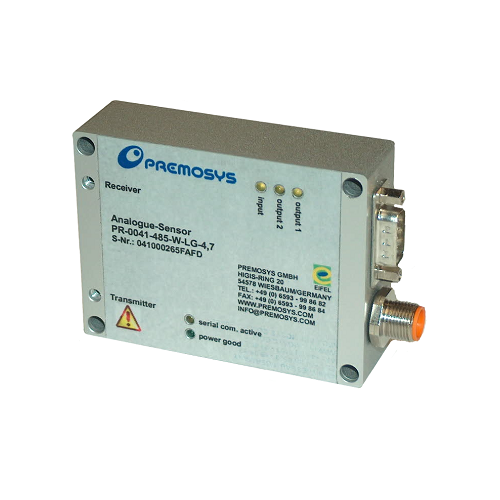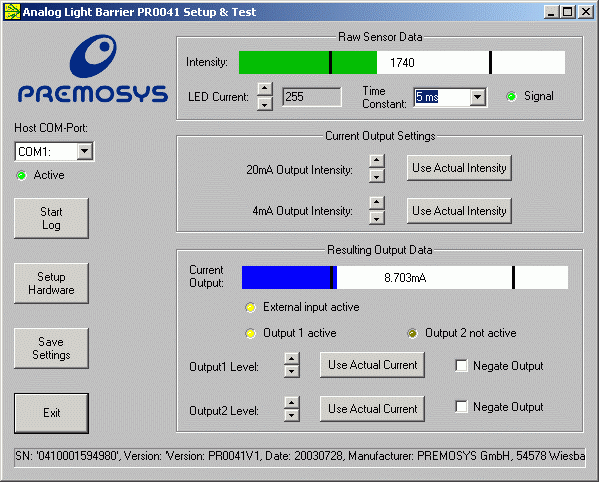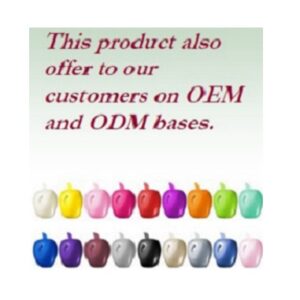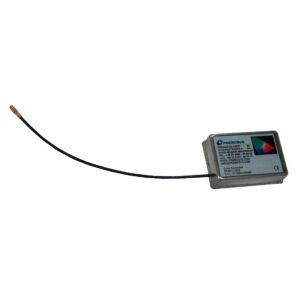
The scope of delivery comprises a comfortable intuitive software tool for the commissioning and parameterisation. In the software tool, the input states of the current product’s signals are continually displayed. Additionally, data can be imported or exported.
The analogue current output reflects the present intensity of the received light. However, imple- mentation is not carried out directly but can be freely determined by the user (zoom function). By means of the PC tool, the user defines a window within the possible 12 bit intensity range to which the current output refers. The current output also works linearly within the defined window and with a resolution of 12 bit.
Both digital output can be parameterised separately and become active or inactive as soon as a switching threshold stipulated by the user is reached.
Main characteristics of the module:
- Measurement of the transmission capacity of various media.
- Variable interfaces I/O and serial
- Resolution of 12 bit
- Measurement cycles adjustable between 5, 8, 10, 13, 25, 25, 55, 110, 220, 450, 900ms as well as1,8s
- All purpose

The module provides different interfaces. The first interface is optimised for the connection via digital I/Os. As a standard, the serial interface is accomplished as a RS232C interface without hardware handshake signals. Optionally, we also offer an RS485 interface that allows for the operation of several modules on one PC interface. The serial interface is led through a 9 pole SUB-D plug. This interface is at least required for the commissioning using the software tool.
In addition, a detailed description of the serial interface is available, clarifying all commands with which the mere sensor values can be recorded and evaluated using the own software. This is often necessary if the user demands a greater product traceability. The module can also be exclusively operated via the serial interface. Moreover, both interfaces can be used in parallel.




The adaptation of the test objects to the module is conducted via light guides which can be delivered in a range of configurations.
The emitted light radiates through the respective medium (light barrier) or is reflected by it (light scanner). In both cases, the light affected by the medium is perceived by a second light guide that transfers it to the integrated receiver photo diode.
Dimensions:
- Length:93mm
- Breadth:70mm
- Height:25mm
- Weight:200g
Electric connection:
- 12 – 30VDC, 0.2 A max.





